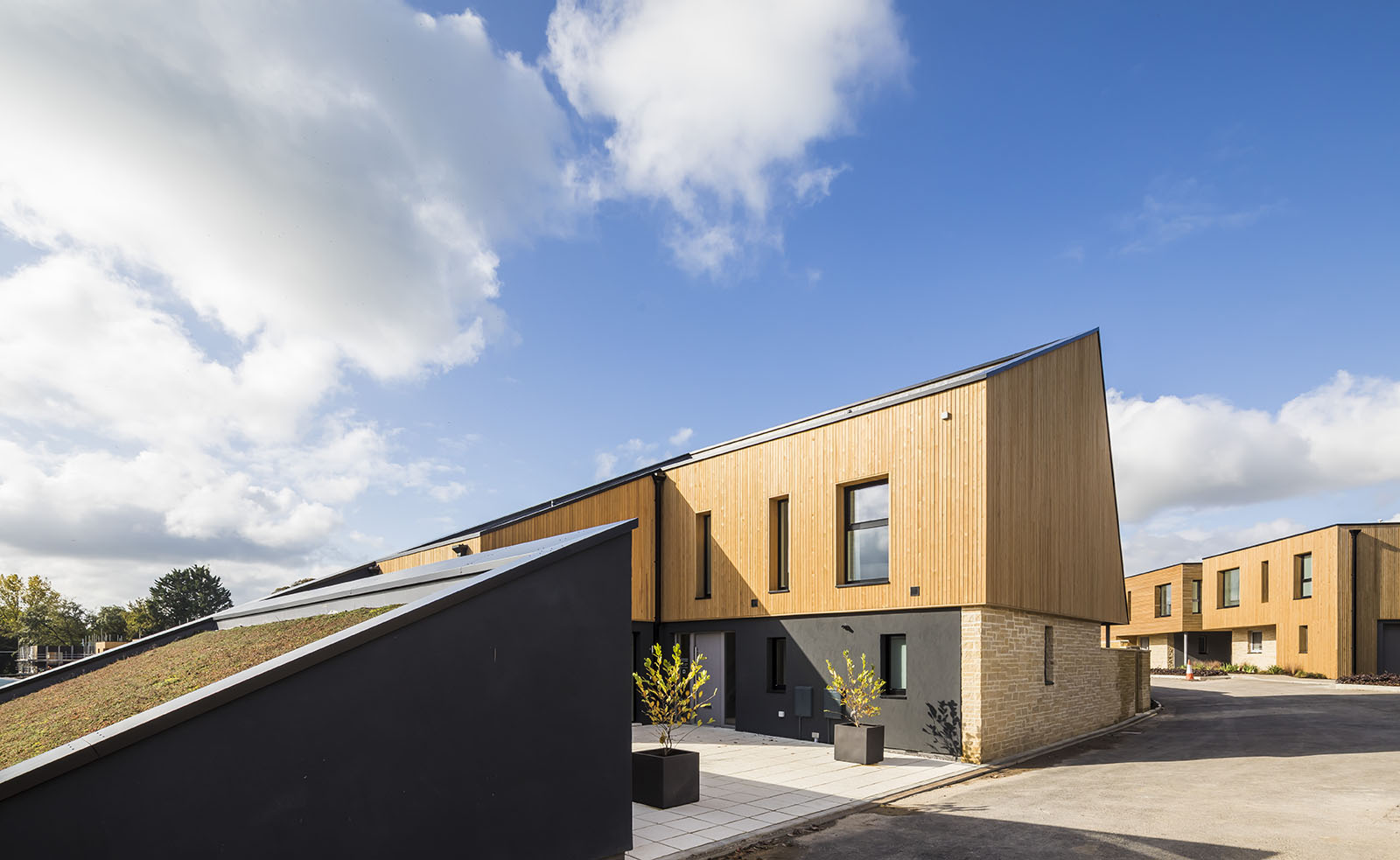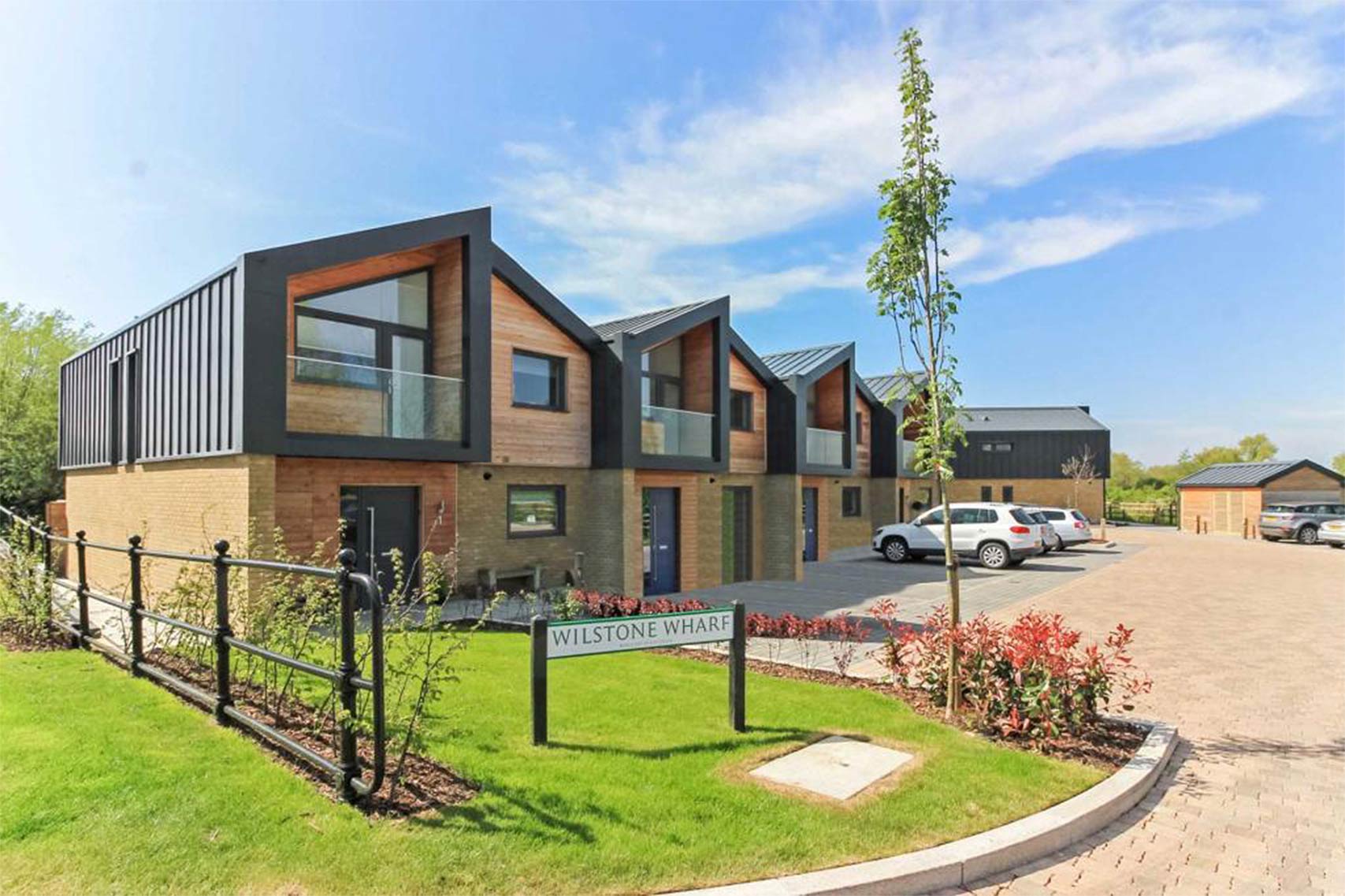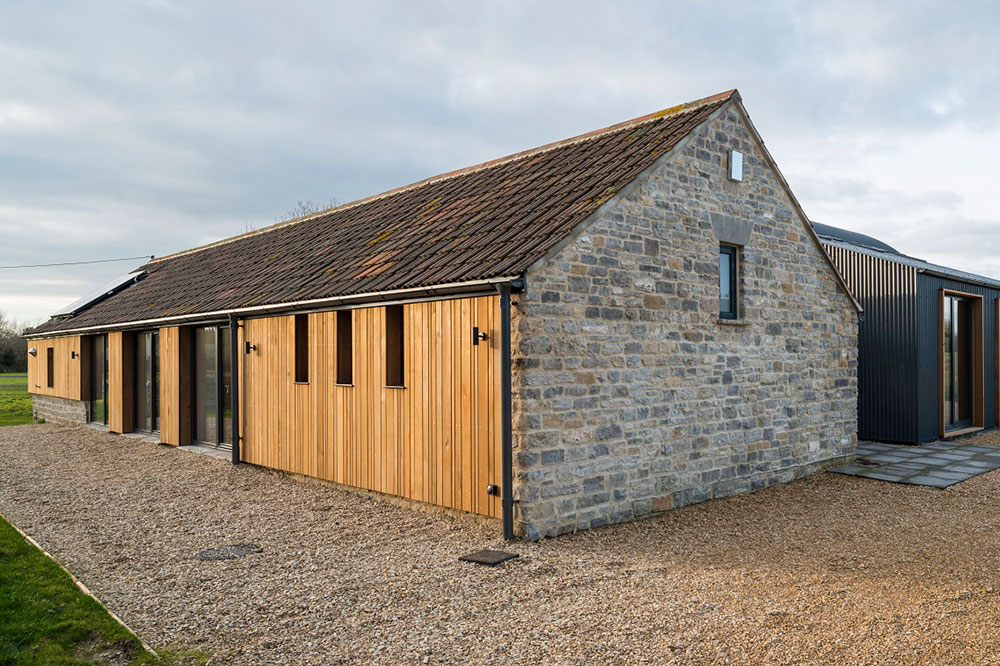Examples of Eco-Friendly Building Materials
Our buildings house us, define us and describe us – but construction is the least sustainable industry in the world. Forward-thinking architects and designers need to start planning their projects with the planet in mind, especially now there are plenty of eco-friendly alternatives out there. Across the world, people are developing innovative new materials out of natural resources and waste that provide a unique aesthetic and lead the way when it comes to sustainability.
NORclad have been championing the importance of eco-friendly construction for years. We supply high-quality timber cladding sourced from sustainable forests around the globe. Since our beginnings, we’ve helped architects, designers, contractors, and self-builders realise the potential of wood to look good and do good too!
Below, we explore eco-friendly materials and take you through some of the most promising options for your project.

What Are Eco-Friendly Building Materials?
From HempCrete and Ferrock to wool, mycelium, timber and bamboo, there are plenty of eco-friendly construction alternatives out there.
An eco-friendly building material does not adversely affect the planet during its creation or growth and subsequent use in construction. In fact, some of these materials actively restore the environment by absorbing carbon dioxide.
They might also:
- Be highly renewable
- Allow resources to be used economically
- Have safe, non-toxic properties
- Insulate well, leading to overall energy efficiency
As well as choosing green materials, it’s important to consider the environment in your overall design. Sustainable construction projects take into account transport impact in terms of carbon emissions, the amount of waste produced by the construction site and plan for end-of-life.
A growing trend in green design is to ‘design for deconstruction’. This means that even at the early stages of a building’s life, the architect or developer will think through how its materials can be ultimately reused or sustainably disposed of.

10 Best Eco-Friendly Building Materials
Bamboo
Bamboo is not a type of wood, but a perennial grass. It’s the fastest growing plant in the world, making it highly renewable. On top of this, it actually has a higher tensile strength than steel and is a pioneer species, meaning it can grow in eroded landscapes and actively regenerate them.
Wool
As an alternative to traditional insulation materials, sheep’s wool ticks all the boxes. Not only does it have a longer life than man-made alternatives, but it also filters air and suppresses mildew and mould.
Ferrock
Ferrock is an emerging material made by combining waste steel dust with silica from ground-up glass. The iron within the dust forms iron carbonate when it reacts with carbon dioxide. At this point, it becomes a rock-hard matrix that’s stronger than cement.
Timber
Using wood in construction is a great option for any project. Not only is it highly adaptable and flexible to a variety of briefs, it’s also biodegradable and extracts carbon dioxide from the atmosphere as it grows.
You could say we’re biased here at NORclad, and you’d be right. We know that timber cladding can transform a building design, providing a unique aesthetic and a host of health benefits too. Whether fundamental to the structure or as a striking facade, timber has limitless design potential and can fulfil safety regulations.
Find out more about our range of timber cladding >
See more: Eco-Friendly Cladding Guide – Everything You Need to Know
HempCrete
Hemp plants have been proven to absorb more carbon dioxide per hectare than any forest or commercial crop. As well as this, it doesn’t require any herbicides or pesticides to grow efficiently and has great structural integrity. HempCrete blocks are made by combing hemp chips with lime and water. This mixture sets hard into a building material that is fireproof, non-toxic, highly insulating and breathable.
Earth
Building with earth is an ancient practice, making up some of the oldest buildings in the world. But earth building is seeing increased interest from modern designers, who recognise the environmental benefits of using earth, as well as its insulating abilities and design potential. From cobb to rammed earth to clay, earth buildings absorb heat during the day and release it slowly at night, leading to pleasant ambient temperatures and durable structures.
Recycled or Reused Building Materials
A great way to keep your project green is to reuse and repurpose materials reclaimed from prior developments or other applications. Steel, for example, is strong, long lasting and can be infinitely recycled without degrading its value and integrity. Reclaimed timber is another great option, reducing waste and resource depletion, as well as lending buildings a distinctive identity through its unique, uneven finish.
Read more: The Ultimate Guide to Using Reclaimed Timber
Mycelium
This one’s a little out there, but it really delivers! Mycelium is the name for the root network of mushrooms. It can form around a mould or frame and outperforms fibreglass in terms of insulation. It can also be used as an alternative to particle board and is cheap, light, strong and compostable. It grows in the dark, so installation can be as easy as injecting the material into the cavity between interior and exterior walls. It will quickly grow to fill the space.
Cork
Commonly used for flooring, insulation, exteriors, walls and other features, cork is in high demand. It’s anti-microbial, durable, flexible and doesn’t absorb dust. As well as this, cork can be harvested from the bark of the Cork Oak every 9-12 years without harming the tree.

Eco-Friendly Timber Building Materials from Leading Cladding Supplier
A specialist supplier of FSC and PEFC certified wood cladding, NORclad are well-versed in the benefits of wood to enhance sustainability. Not only that, but timber cladding can also transform the look and feel of your design, adding a unique, natural aesthetic that underscores your commitment to greener things.
We’ve delivered high-quality cladding to projects across the UK, helping a wide range of clients in the public and private sector reduce the impact of their builds.
To request a quote, explore your options or just have a chat, get in touch with our team today.
Read next: 9 Advantages of Using Timber Cladding >
Read next: How to Use Decorative Timber Cladding >


















